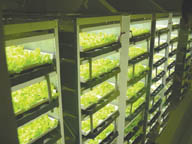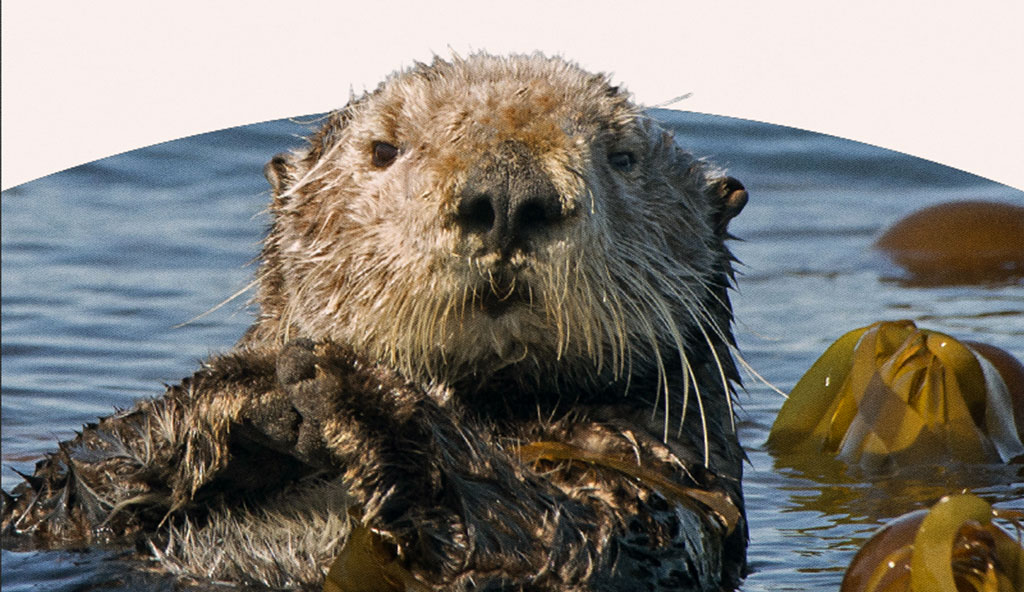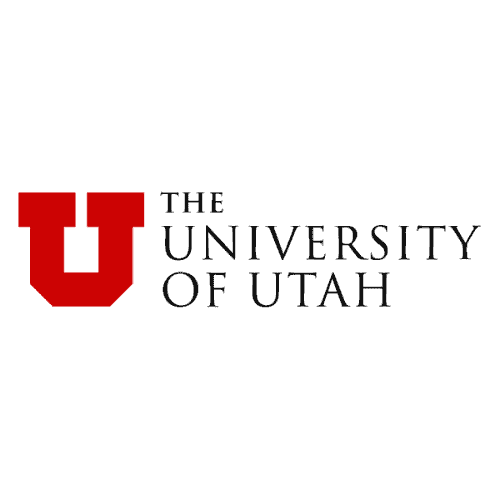
Controlled Environment Agriculture
Over the past 30 years, academic researchers have pursued the development of advanced technologies for environmental control of agricultural production. This development, called “controlled environment agriculture,” has led to the refinement of greenhouse growing techniques that, when combined with hydroponic technology, give growers the unprecedented ability to control crop growth. These methods allow growers to produce crops year-round, creating substantial increases in outputs with fewer inputs. What separates controlled environment agriculture from traditional or hydroponic production methods is the degree of control the grower has over the crops. By combining advanced computer controls, sensors, and analytical tools, Verdant can alter the flavor of its crops by changing the growing environment without performing genetic modification. This allows the grower to offer produce that tastes better to the consumer and to increase his or her bottom line.
What separates controlled environment agriculture from traditional or hydroponic production methods is the degree of control the grower has over the crops.
Advanced computer controls also allow the grower to see substantive increases in crop yields. In a typical controlled environment, the grower will see yields increase up to ten times over what they are capable of growing in the field. For crops such as lettuce, Verdant is able to take 90-day crop cycles in the field down to 30-day cycles in a controlled environment.
The application of controlled environment agriculture methods allows for more efficient uses of resources. In a confined growing system, Verdant typically uses less than 10 percent of the fertilizer used in the field. We are able to achieve these results by precisely controlling what the crops receive at each stage of development and continually adjusting fertilization through the use of computer monitoring. Resource efficiency also extends to the use of minimal water for crop production. Lettuce, which is normally flood irrigated, takes 120 gallons of water to grow each head of lettuce in the field. Utilizing controlled environment practices, Verdant grows a head of lettuce with less than one gallon. This means we are able to use less than 1 percent of the water of conventional agricultural production methods.
Verdant Earth Technologies grows a head of lettuce withless than one gallon of water—amounting to 1 percent ofconventional agricultural production methods.
Growing Plants Without Sunlight
The technology associated with greenhouses and hydroponics has been advancing for the past several decades. But even in a greenhouse, there is still a high degree of risk related to lighting, temperature, and disease. This is why in the last several years scientists have developed completely enclosed and artificially illuminated methods of produce production.
The first non-research system for artificially illuminated food production was sent to the United States South Pole Station in 2004. The South Pole system provides the crew with fresh produce year-round independent of weather or outdoor conditions, replacing the greenhouses previously maintained at the station. The real benefits of this method come from the advanced illumination system. Utilizing special lamps, the plants at the South Pole yield 50 percent more produce per square meter than the average North American greenhouse. These developments in artificial illumination are also being used in Japan. They have invested US$134 million in cleanrooms retrofitted with illumination systems and growing racks for the production of produce. Japan has more than 150 of these plant factories providing residents with fresh produce grown in dense urban environments.
Solving the Right Problem
As with any new technology, it is important to be cautious. While there are substantive benefits to controlled environment agriculture, the methods are not appropriate for all crops or all situations. The technology must be appropriately applied to solve the correct problems in the food system. The application of this new growing method is most conducive to crops such as lettuces, herbs, peppers, tomatoes, and melons. These crops are of high value to the consumer and highly perishable in the grocery supply chain. Grain crops such as wheat, corn, and barley as well as orchard crops such as citrus, apples, and peaches are generally not appropriate for controlled environment agriculture production.
Energy consumption remains an important factor in the application of controlled environment agriculture practices—especially with artificial illumination. This method can use considerable amounts of electricity. However, due to substantially fewer inputs, including water and fertilizer, combined with faster production times, Verdant’s experience suggests that most growers are still able to double the profitability of their operations.
Verdant uses different artificial lighting options, including solar concentrators and fiber optics to distribute light from LEDs.
Furthermore, in the current environment, food safety remains a concern that can be effectively addressed through the application of selected controlled environment agriculture methods. Agriculture practitioners, whether in a greenhouse or a system with artificial illumination, maintain levels of cleanliness significantly higher than outdoor environments. In a greenhouse, growers regularly scrub walkways and growing systems are sterilized between crops. The automation in modern controlled systems allows for separation of the plants from human contact during the growing process—minimizing the potential for disease transfer.
A Farm in a Shipping Container
Despite the advantages of controlled environment agriculture, this method has been slow to take off due to its complex nature. This is why Verdant is working on packaging this process with the latest information technologies to create a high-tech greenhouse inside a shipping container. In a container, similar in size to a semi-truck, we are able to fit five levels of growing areas within the vertical space while creating the same productivity of a 1,000-square-foot greenhouse. Containerization of the greenhouse with artificial illumination allows the growth of plants independent of location. So long as the grower has access to power and water, they are capable of producing up to 10,000 pounds of fresh produce annually. The addition of information technologies offers the grower a consistent operation even with little knowledge of the internal workings of the system—allowing for turnkey implementation.
The ability to mass produce highly efficient shipping container-based growing systems permits growers to examine new business models and reduce the risks associated with produce production. By creating yearround production, growers are able to time the market to ensure they receive the best price for their crops. Risk is mitigated due to environmental control and illumination methods that allow the grower to deliver a known quantity and quality of produce at the exact time they wish.
The efficiency provided by controlled environment agriculture practices may sound like science fiction. Yet serious scientific inquiry over the past 30 years has allowed Verdant to question fundamental premises and develop methods of efficiently growing plants without soil or sunlight.


